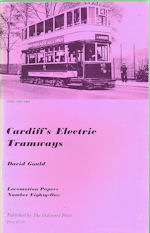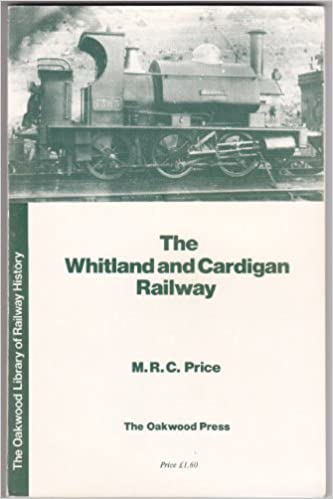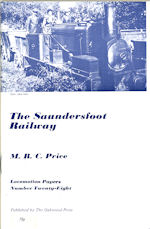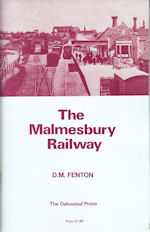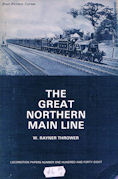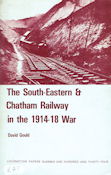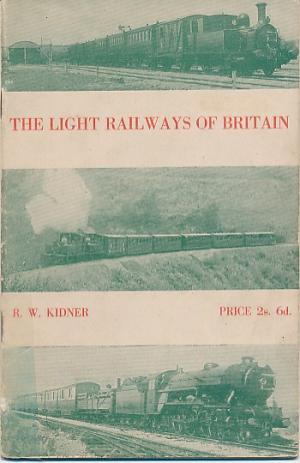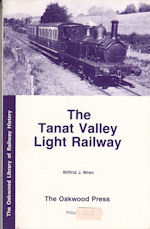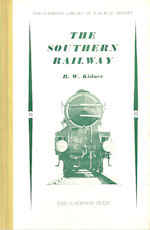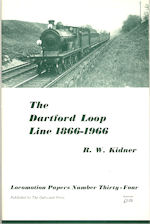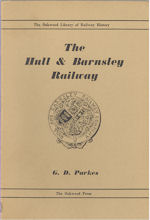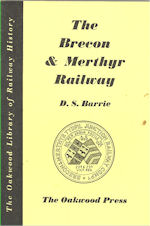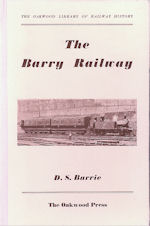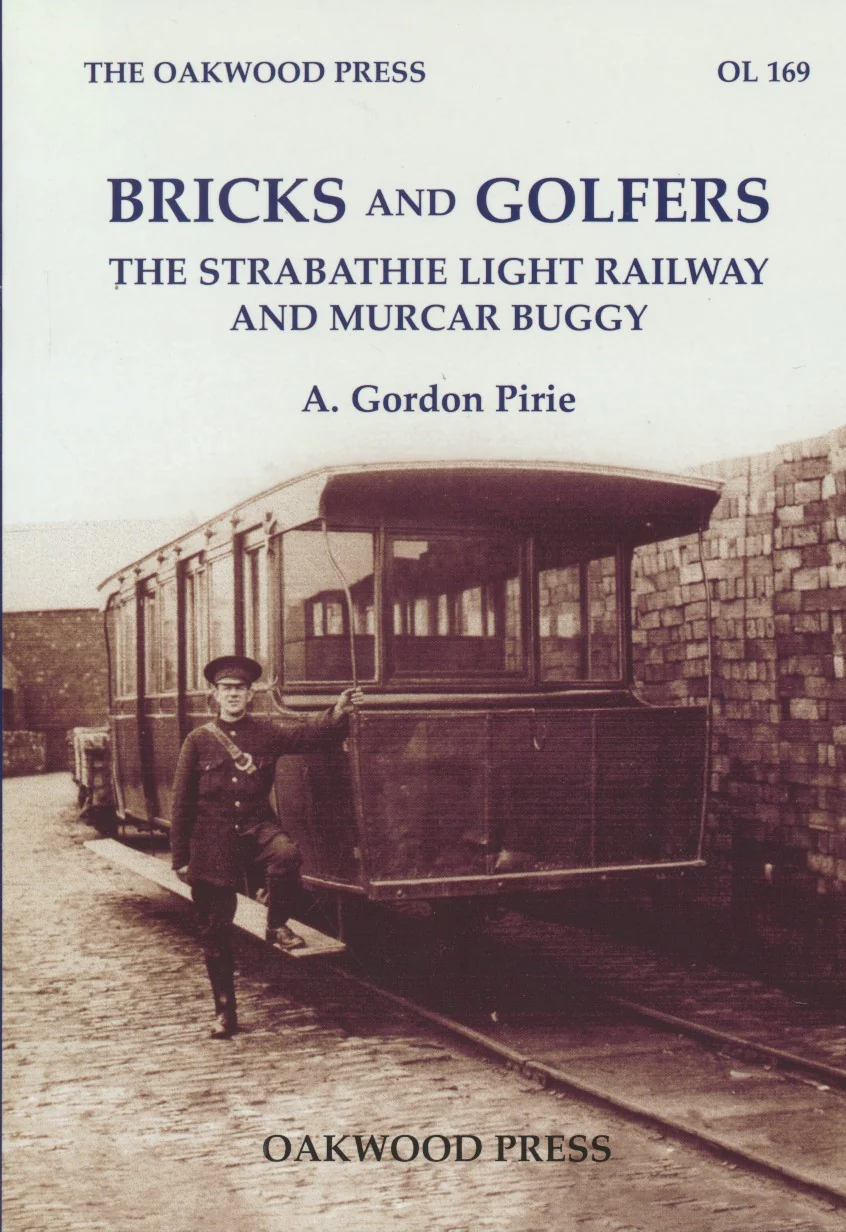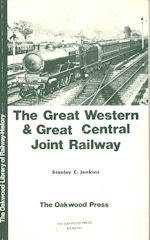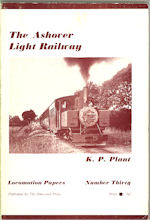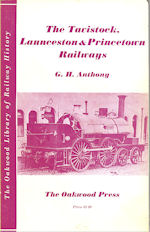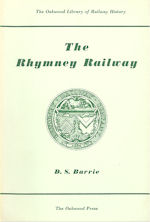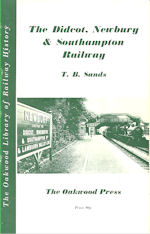Northern Northumberland's Minor Railways Vol One
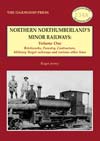
Condition: Excellent
Dimensions: Softcover, 210 x 148 mm
Published by: Oakwood Press
Author: Roger Jermyn
Northern Northumberland's Minor Railways Vol One
Brickworks, Forestry, Contractors, Military Target railways and various other lines
This is the first volume covering the minor railways of northern Northumberland (essentially the administrative districts of Berwick-upon-Tweed and Alnwick). This book draws together the areas most diverse and eclectic railways, both standard and narrow gauge, some were short-lived while others operated for many years. Most of the lines are now consigned to history. However, the Heatherslaw Light Railway has taken delivery of a new steam engine in 2010.
The north of Northumberland had numerous brick and tile works. At least six of them employed small tramways or railways.
Before the start of World War I Britain used some 900,000 tons of home-produced timber annually. This compared with the annual 11,500,000 tons which were imported via the Baltic ports. After the start of hostilities these imports largely dried up.
The railways operated by the Canadian Forestry Corps at Harbottle, Thrunton and Chillingham and Colonel Leather�s line at Middleton Hall played their part in the war effort. Included in the book are some fascinating photographs of these forestry lines. There was a continued demand for timber between the two World Wars. The woods near Swarland were exploited in the mid-1930s with the use of a small railway. In World War II several short-lived forestry or timber railways existed in the Rothley and Ewesley areas to the south and south-west of Rothbury. Another railway was located close to Chathill, north of Alnwick, whilst the Duke of Northumberlands Sawmill at Hulne Park, Alnwick, was served by a railway dating from the same period.
Military target railways have existed at three locations in the north of Northumberland. The first location was at Ross Links on the North Sea coast during World War II. This railway was relocated, in the 1950s, to a new site north of Redesdale Camp on the Army Ranges at Otterburn. Another target railway, using novel construction methods, was built later at a remote location known as White Spot, also at Otterburn.
Two passenger-carrying pleasure railways have operated in the Berwick District, whilst a third was planned but not built. The first of these was a short-lived miniature railway at Spittal Promenade, whilst the second, the Heatherslaw Light Railway, continues to operate very successfully, between stations at Ford Forge, near Heatherslaw Mill, and Etal.
Contractors railways were built to assist large civil engineering projects such as railways, piers, docks and harbours, reservoirs and estates of industrial housing. Whilst the northern part of Northumberland is largely rural, its pastoral landscape was to become crossed by various major railways and roads. Its sparse population meant that opposition to the building of water reservoirs for the large conurbations to the south was minimal so that several, of large size, were constructed in the region. Finally the minerals and other natural resources demanded outlets and hence ports and harbours were constructed and enlarged.
Inevitably when placing lines into groups of similar type there are some that do not fit conveniently into any category. The Marshall Meadows Seaweed Railway, Dewars Granary Railway, Lemmington Hall Railway and Little Mill Preservation Society are examples of these.
Almost any area of Britain had its share of proposed railways, those of northern Northumberland are dealt with in the final chapter.
Softcover, 128 pages, 99 b/w illustrations.
The Northern Northumberland Minor Railways is planned to be published in four volumes with the three later volumes, detailed below, already in preparation:
North Northumberlands Minor Railways: Colliery Lines
North Northumberlands Minor Railways: Sandstone, Whinstone and Gravel Lines
North Northumberlands Minor Railways: Limestone Industry Lines
Reproduced by kind permission of Oakwood Press

